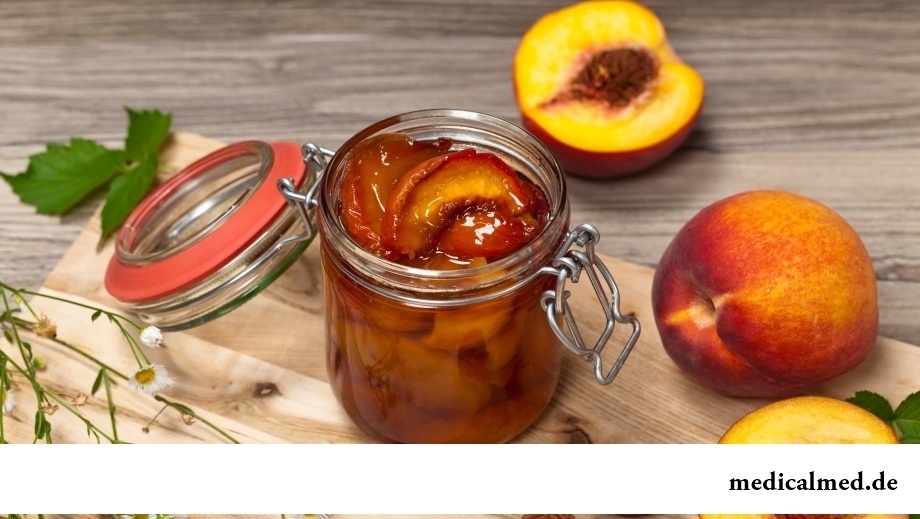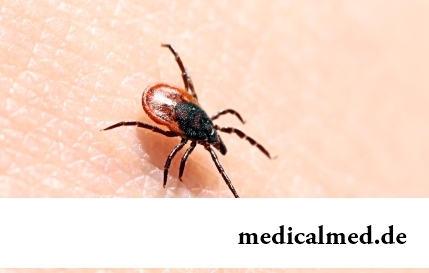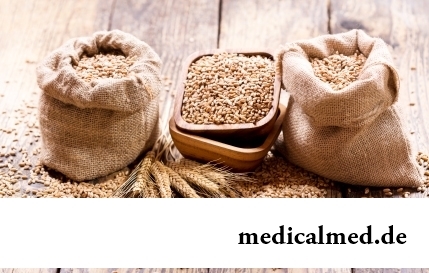





Nectarine
The nectarine represents juicy and sweet fruit which is received by selection of a peach. These fruit are similar by outward and taste.

Biological features and distribution
The first mentioning of a nectarine is dated 1616 when in the territory of East Asia these fruit were for the first time grown up. Now nectarines are widespread in Italy, Greece, Cyprus and Tunisia.
On the biological features and structure this fruit is similar to a peach. The nectarine fruit soft also has a smooth thin skin, pleasant aroma and taste.
The origin of this fruit is connected with a mutation of pochkovy type when there was a self-pollination of peach trees and nectarines grew by them. Now on peach trees nectarines and vice versa often grow.
The nectarine is a winterhardy grade which is steady against diseases and influence of wreckers, and also well adapts to a frigid climate. Therefore this fruit can grow in Russia (in the Caucasus and in Stavropol Krai).
Nectarines of large-fruited type with yellow pulp which have high tastes are popular in Europe.
Useful properties
Thanks to contents as a part of a nectarine of vitamins and microelements fruit has a number of useful properties. It contains fructose, sucrose, organic acids, glucose, vitamins of the PP and C group, polyphenol, pectin, and also such useful substances as phosphorus, potassium, magnesium, sodium, sulfur, iron, calcium and silicon.
At the use of a nectarine functioning of digestive glands and digestion of food improves. Fruit contains antioxidants which are useful to cell regeneration, prevention of emergence of wrinkles and maintenance of a necessary water balance in fabrics. Also in a nectarine there is a pectin which stops influence of harmful microorganisms and prevents development of cancer tumors.
It is useful to use a nectarine at an anemia, a stomach hyperoxemia, locks, failures in functioning of cardiovascular system.
At the regular use of this fruit there is a prevention of a hypertension and atherosclerosis. Fruits of fruit are rich with cellulose, carbohydrates and vitamin A.
In some grades of a nectarine of a stone sweet also taste like nut, and on the chemical composition they are similar to almonds. In pharmacology for preparation of various ointments and medicines oil from nectarine stones is used.
The thin skin of this fruit is a part of absorbent carbon, and wood of a tree is often used for creation of souvenirs and hand-made articles.
Nectarines contain more potassium, ascorbic acid and provitamins, than in peaches, but is 10% less than sugar.
Nectarine caloric content
The nectarine is low-calorie fruit which is useful as the main or additional ingredient in the dietary menu.
Caloric content of a nectarine makes 48 kcal., and also it contains 11 g of carbohydrates, 0,2 g of fats and 0,9 g of proteins.
Consumption of a nectarine
The nectarine can be used as fresh, and to bake, use for preparation of jam and ice cream. These fruit are suitable for conservation, pickling and drying.
In many European countries this fruit is often applied to preparation of desserts, jams, confitures and compotes. In the countries of the Mediterranean nectarines preserve and use for preparation of salads, ragout, and also other vegetable and meat dishes.
From these fruit the good stuffing for pastries turns out, they impact special juiciness and pleasant relish to desserts and cocktails.

Contraindications of nectarines
Stones of some grades of nectarines contain cyanhydric acid which is toxic poison. Therefore they should be excluded from consumption.
Contraindications to the use of this fruit are the individual intolerance and predisposition to allergic reactions to proteins which contain in a nectarine thin skin.
To tell even the shortest and simple words, we involve 72 muscles.

Within several decades of our compatriots convinced that the use of butter nasty affects on...
Section: Articles about health
Is told about advantage of domestic animals for development of the child much. But many parents nevertheless do not hurry to bring pets as are afraid that they can do harm to health of children. What troubles can really trap kids and how to make with...
Section: Articles about health
At this plant there are a lot of names: tuberiferous sunflower, Jerusalem artichoke, solar root, earth pear. Contrary to popular belief, it is not an exotic plant at all. The wild girasol grows in a midland of Russia practically everywhere: at the edges of roads, to slopes of ravines, on heathlands. Also several cultural versions different from wild plants are removed by larger and juicy root crops....
Section: Articles about health
Healthy lifestyle today in fashion, and many parents think of that the child from the early childhood played sports. To a Torah...
Section: Articles about health
"Epilepsy" doctors made the diagnosis in antique times. Displays of an illness and pattern of its development are very well studied. However for nonspecialists this disease remains to not less mysterious, than in the ancient time. Many delusions are connected with epilepsy...
Section: Articles about health
Tick-borne encephalitis – one of the most dangerous viral diseases which causative agents transfer and is given to people by ixodic mites. These are the small blood-sicking insects living in the considerable territory of our country. The person bitten by a tick can catch also erlikhiozy, bartonnelezy, babeziozy, mycoplasmosis and Lyme's disease. As well as encephalitis, these illnesses affect the central nervous system, and as specific antiviral therapy does not exist, the forecast very to a neuta...
Section: Articles about health
Almost each of us during life faced dissatisfaction with own body. At such moments, as a rule, we beginning...
Section: Articles about health
Extracorporal fertilization – one of the most modern methods of controlling with infertility. So far he already helped a significant amount of married couples to become happy parents. Usually to the EKO procedure difficult and very expensive, resort in those...
Section: Articles about health
Diapers for adults – individual one-time means of hygiene which in some situations is irreplaceable and from such situations any person is not insured. Though nobody perceives need of their use with enthusiasm, however without such means already problematic situation could be heavier....
Section: Articles about health
Venereal diseases in medicine are called the infections which are transmitted preferential sexually, now they are so...
Section: Articles about health
Stroke (acute disorder of cerebral circulation) – one of the most widespread neurologic diseases. Annually in the world more than 6 million people die of this illness. From the survived patients about 80% become disabled people, and nearly a thirds from them впо...
Section: Articles about health
Olive oil – the product capable to make a powerful contribution to health of the person if it includes it in the diet. The rich vitamin composition of oil does it by a product number one from many diseases including from deadly. Only two tablespoons of oil from olives in day prevent emergence of diseases of vessels and heart, cancer, problems with digestion, presenilation, a depression and many other illnesses which treatment would demand a lot of time and forces. Let's consider on...
Section: Articles about health
Statistically, at the address to doctors seven of each ten patients complain of a headache. Actually people, periodically...
Section: Articles about health
Osteoporosis this general disease which main sign is decrease in density of a bone tissue. On distribution width it takes the fourth place among noninfectious diseases. The illness develops at mature age more often: in our country to them harvest seasons...
Section: Articles about health
All know that self-treatment is dangerous. However absolutely it is almost impossible to do without it. Rate of modern life does not allow to handle each small trouble to the doctor and information on ways of independent delivery of health care is quite available. Means, all of us have only one: to learn to give this help competently and in those limits in which it is possible for the person who does not have vocational education....
Section: Articles about health
The concept "gluten" (differently, a gluten) combines group of the proteins which are a part of rye, barley and wheat. For most of people упот...
Section: Articles about health
Several decades ago the basil (the district khan, реан, Reagan) was considered as a part of the Caucasian or east cuisine, but today it strongly took the place on tables of Russians. Greens of this plant possess a strong, pleasant smell and specific fresh taste, because of to...
Section: Articles about health
The thought that the mass of their body is too big at least once in life visits from 80 to 95% of women. Many women are so obsessed with this idea that constantly try all new and new ways of weight reduction. A considerable part of these techniques is ineffective, and some in general are unsafe for health....
Section: Articles about health
The state of health of the person in many respects depends on chemical composition of biological liquids of an organism. Specialists consider that з...
Section: Articles about health
Some people consider what for medicine of the 21st century of secrets in the field of health of the person almost does not exist. It absolutely not so. The more answers scientists receive, the more the most difficult questions are raised for them by life. Besides, there are diseases, not объясн in any way...
Section: Articles about health
The dietology, as well as other sciences, does not stand still. Food stuffs are exposed to comprehensive study, and scientists obtain new information on their properties and influence on a human body. Unfortunately, this reasonable and natural process gives unpleasant side effect from time to time: some types of food periodically declare "harmful" or even "deadly" without the bases, sufficient on that....
Section: Articles about health
Not without reason doctors say that 90% of diseases begin or develop because of misoperation of intestines. Disturbance of its functions связ...
Section: Articles about health
Phobia – the persuasive fear of a certain contents shown in a specific situation against the will of the person. Concepts of a phobia and fear are similar, however if the fear is natural protective function of mentality, then the phobia is its deviation. So the person can an ispytyva...
Section: Articles about health
The pine is one of the most widespread plants of our woods. Its needles and pitch not without reason called by "gallipot" were since ancient times used for strengthening of protective forces of an organism, treatment of avitaminosis, anemia and many other diseases. In recent years wide popularity was gained by the national medicines prepared from pinecones. "Fruits" of a coniferous tree contain a huge amount of vitamins, biologically active agents, antioxidants, phytoncides and other useful to...
Section: Articles about health
Condition of lips (their morbidity, outward) – one of indicators of health of the person. Peeling, dryness, pallor, and also трещ...
Section: Articles about health
The Genetically Modified Organisms (GMO) are plants or animals (as a rule, agricultural) to whose genotype purposeful changes were made. Opposition of supporters and opponents of inclusion of such organisms in foodstuff всег...
Section: Articles about health
We live during an advertizing era. Daily each person receives a solid portion of persuasive councils about what to eat to be healthy and successful. Products about which we will talk today are combined by the following circumstance: all of them are positioned as the most useful and the most suitable for inclusion in a morning meal. Unfortunately, it is not true: these 10 products do not suit for breakfasts at all....
Section: Articles about health
